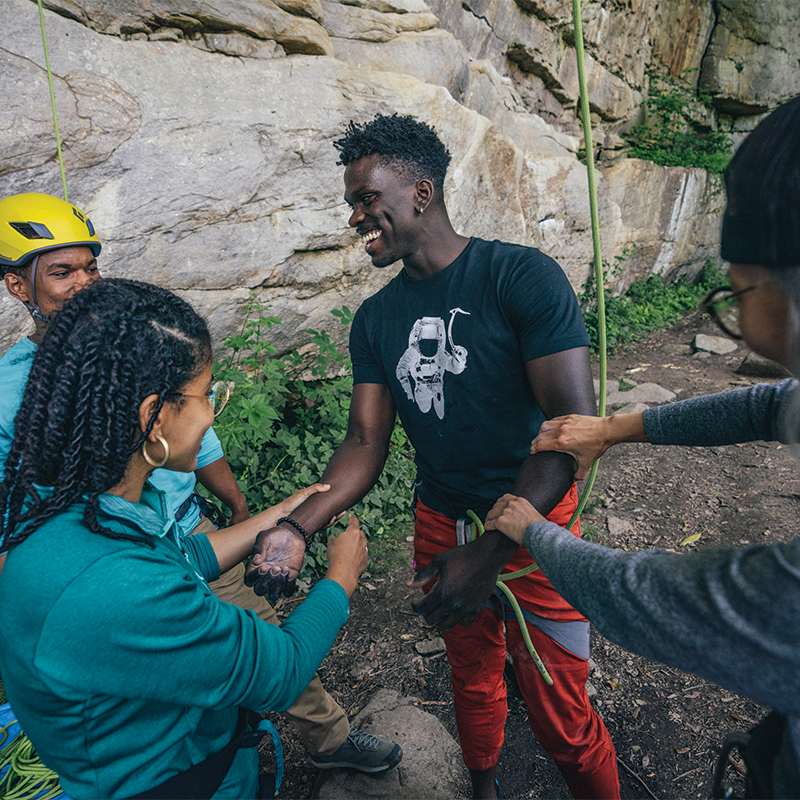Climbing outdoors will appeal to your senses like few other activities: the smell of pine trees; the feel of real rock; the nerves that settle as soon as you leave the ground. It’s all too easy to get caught up in the moment and forget your surroundings. And though you should definitely immerse yourself in the experience and let down your hair a little, it’s important to remember that we’re all visitors to the public lands on which we climb. When climbers act as poor houseguests, our access to those areas becomes threatened.
Conversely, when climbers serve as stewards of the land, while acting polite to one another and to other user groups, land managers are more likely to look favorably upon the community and open up new areas to climbing (score!). So, whether you made your first climbing trip years ago or it’s just around the corner, heed these tips for model crag etiquette.
1. Respect Closures
Many cliffs are closed seasonally for Indigenous ceremonies, raptor nesting, private land use, or other cultural or ecological reasons. Always double-check for closures before you go out, and obey any you find.
2. Share the Cliff
Outdoor climbing is a limited resource. If another party wants to climb the route you’re on, be polite and find a way to work them into your rotation. Also remember that, while climbing may be the best sport out there, it’s not the only one. Always be polite to hikers, bikers, trail runners, hunters, and other land users.
3. Pick Up After Yourself
In many climbing areas, trash—even apple cores and orange peels—don’t decompose. Besides, nothing puts a damper on a beautiful nature experience like seeing someone else’s pistachio shells all over the ground. When you climb, pack out everything you bring in, including food waste, little bits of climbing tape, and spilled chalk.
4. Pack Out Human and Pet Waste
The “pack it in, pack it out,” mantra extends to all categories of waste—even the kind we don’t want to talk about. If you’re in an unpopulated, rainy environment with deep, rich forest soil and you have a trowel, feel free to bury your waste in an 8-inch-deep hole (pack out any TP, which doesn’t decompose). If your spot doesn’t meet those criteria? Best to bring a W.A.G. Bag or Restop Bag instead. The same goes for dog waste which, like human waste, can spread pathogens to wildlife and pile up in popular climbing spots (gross).







